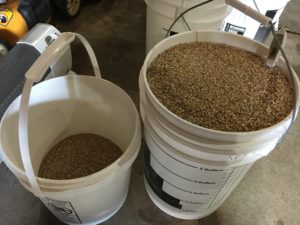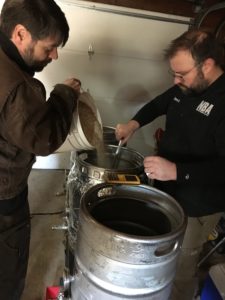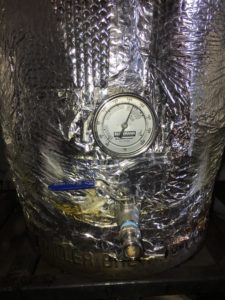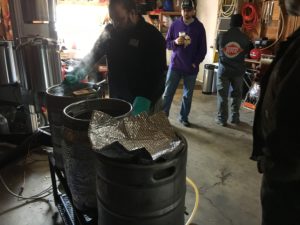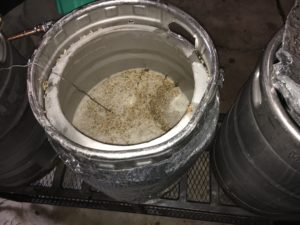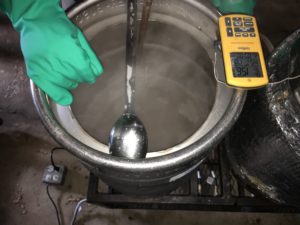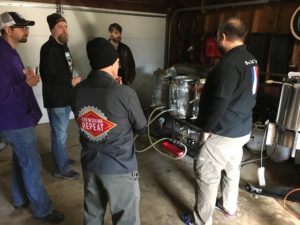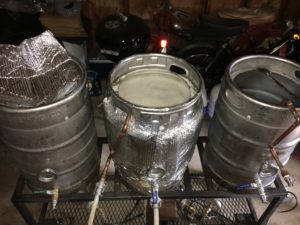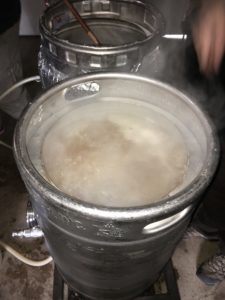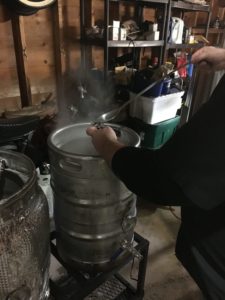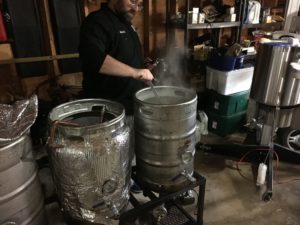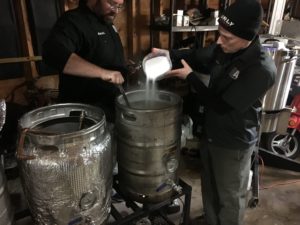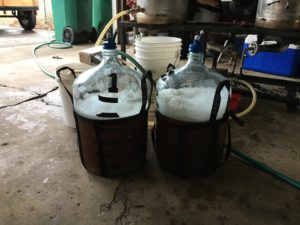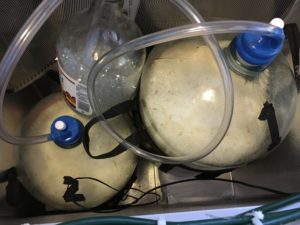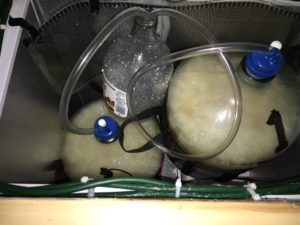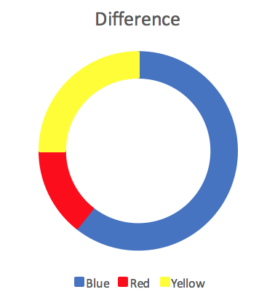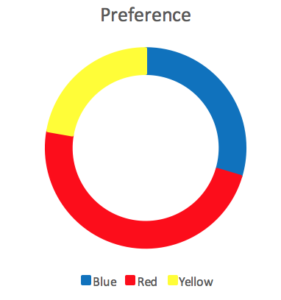As an Experimental Brewing IGOR, I was lucky enough to be a part of the Pitch Rate Experiment, with the support of WYEAST Laboratories. For this experiment, we brewed 10 gallons (well, close) of Drew Beechum’s Vacation Triple. One carboy got a single smack pack of 3787, and the second carboy got two smack packs. On to the experiment!
Purpose
The purpose of this experiment is to determine if pitch rate effects the final ester profile in a beer. The common wisdom is that under pitching a beer will place stress on the yeast causing them to produce more unwanted fusel and ester compounds, as well as potentially cause issues with complete fermentation. Whether this makes a better beer is also debatable as in theory it would also produce negative flavor components from the same stressed yeast.
Hypothesis
The hypothesis is that a beer that has a drastically lower pitch rate than is traditional – this will produce a less desirable product from the increased production of esters from an overly stressed fermentation.
The criterial of the success will be scored along 4 KPIs:
- Attenuation – to what level will the yeast ferment the wort
- Sensory differentiation – can a panel differentiate the difference between batches
- Preference – if a difference exist, is there a preference among tasters
- Repeatability – is the experiment repeatable with consistent results
There are dependencies to validate the results of the experiment:
- Wort for both variations is produced from the same batch
- All other fermentation variables are equal between variations (temperature, time, oxygen, etc.)
- Packaging is equal between variations (method, vol/CO2, time in package, etc.)
Variations
Control:
200B cells pitched from two Wyeast smack packs into 4.5 gallons of 1.078 wort.
Experiment:
100B cells pitched from a single Wyeast smack pack into 4.5 gallons of 1.078 wort.
The brew day on the club system went very smoothly, and we ended up with 4.5 gallons into each carboy, and a SG of 1.078.
28 pounds of grain!
Dough in!
Mashing at 150 for 60 minutes
Starting to recirculate the mash at mashout
Lautering into the boil kettle
Tasting some brews and talking on brew day
Batch sparge
Hot break! Grab the Fermcap!
Gravity readings – hit those nmbers
Stir in the 60 minute hop addition – we used 1.5oz of Columbus
2 pounds of sugar and wirlfloc at 10 minutes
Chilled and ready for the yeast!
I started these at 64f and will be ramping up 2f every 24 hours for the first 5 days, and then ramp higher to finish.
24 hours in and a nice krausen had formed, and temperature bumped from 64f to 66f
52 hours and temperature bumped up 69f
The Results Are In!!
Results:
N=28
Attenuation:
Oddly enough, the drastically under pitched variant attenuation 1 point lower, 1.012 to 1.013.
*this lead me to two more questions – does pitch rate have a larger impact on attenuation than ester production; would a second dose of O2 at the 24 or 48-hour mark helped?
Differentiation:
28 NBA-ers sampled the beers in a triangle test. Of those brave soles, 17 were able to correctly identify the different sample.
| Blue, control | Red, variant | Yellow, variant |
| 17 | 4 | 7 |
During a hand raising after the sheets were turned in, I thought it would be 80% getting it correct, whereas 61% of tasters correctly identified the different sample.
Preference:
The preferred sample was the Red variant, but when the two identical samples were combined, 19 of the taste testers preferred the drastically under pitched version.
| Blue | Red | Yellow |
| 8 | 13 | 6 |
The 100B variation was preferred by 68% of tasters
Repeatability:
TBD through 9 other IGORs
Conclusion
The hypothesis that drastic under pitching tested true with 95% confidence in this experiment for the ability for a taster to correctly identify the different sample. However, preference varied from the differentiation results, due to the attenuation variable specifically – not as drastically from the ester profile.
